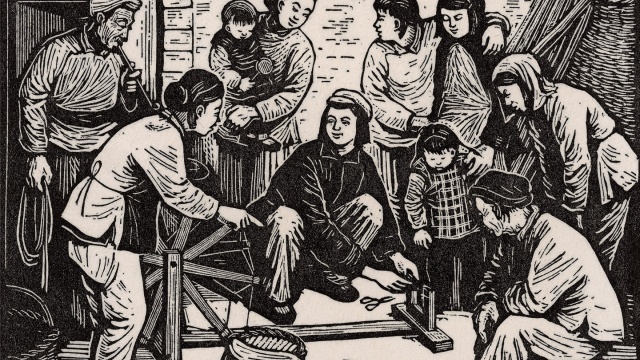
Thinking of the Seven Decades History at My Space
|
|
|
Exhibition: |
Thinking of the Seven Decades History at My Space |
|---|---|
| Curator: | Chene Lysheng |
| Duration: | 21st June,2019—8th September,2019 |
To celebrate the 70th anniversary of the founding of the People's Republic of China and to show Long Museum's collection of new China art, as well as to demonstrate the continuous research in art under the new China theme, and to explore the history, development, characteristics and significance of new China art. Long Museum invites Mr. Chen Lyusheng, the researcher of the National Museum of China and the director of New China Fine Arts Institute in Xi'an Academy of Fine Arts, as the curator to systematically present Long Museum’s collection of new China art in the exhibition of “Thinking of the Seven Decades History at My Space”.
In order to fully display the collection and feature special research, this exhibition classifies the most representative artworks in this historical period and comprehensively reveals the origins and development of new China theme art in six sections. This enables the audience to appreciate the glamour of new China art. Nearly 200 works are exhibited, including oil paintings, Chinese paintings, prints, drawings, sculptures, propaganda posters, and New Year pictures, most of which are representative works of various periods since the Yan'an period. The exhibition will be open to the public from 21st June to 8th September 2019 in Gallery 3 and Gallery 6 at Long Museum West Bund.
On 21 June 2019, the exhibition will be open to the public with a symposium that invites famous Chinese art historians to discuss the art development and history in the last 70 years from different perspectives with in-depth case studies.
Leaders and Revolution
The first section mainly exhibits Mao Zedong’s image and deeds before 1949, including the art representing the revolutionary history of the Communist Party led by Mao Zedong. From the Nanchang uprising, to the Jinggangshan march, the Red Army climbing Jiajin Mountain, the Long March, to the victory over the Yangtze River, the artworks demonstrate the great achievements of the leaders and the revolution.
These creations express a basic and important subject in the new China art. Since the 1950s, the painters have explored many key contents in this subject from various aspects and illustrated revolutionary history from different perspectives. These artworks reflect the twists and turns of the revolutionary process. As time passes by, the creation about this period is also constantly excavating the unique content in the theme, and presenting different characteristics in each period with new perspectives and developments.
War and Peace
In the process of defending the country and taking power, the revolutionary army led by the Communist Party, starting as a single sparkle and developing into a prairie fire, eventually achieved success. Within the theme of revolutionary history, the subjects of artworks include the Red Army’s Long March, the Anti-Japanese war, the civil war, and the War to Resist US Aggression into Korea. The artworks not only represent specific events and people, but also include related special contents.
The works reflect both the fierceness and cruelty of the war, the heroism and dedication of the heroes, and people’s optimistic attitude in a harsh environment, the calmness of facing death and sacrifice, the courage and strength, and the confidence to victory. These works express different characteristics of the historical theme through different composition: they either show grand scenes and relationship among characters, or use different forms of languages. As a historical image, these works not only show the course of history, but also reflect the people's desire for peace in the war.
Admiration and Praise
The works created by Mao Zedong's portraits, statues, and Mao Zedong's themes have developed greatly in the 1960s, not only in the large increase in the number and the expansion of the scope of expression, but also in the way of expression. It shows the creative characteristics of the ten years after the mid-1960s.
The theme of Mao Zedong has been an important subject in the creation of new Chinese art since 1949. Among them, historical themes and realistic themes are working together to express singing and loving, as well as caring and admiring. This part is mainly based on the works of Mao Zedong and other leaders in the image and deeds of the period from 1966 to 1976. In addition to the characteristics of art creation, it also reflects many social problems during this period. With the distinctive characteristics of the times, art has become a tool of politics. The alienation of art makes art creation as a problem of that time period.
Emerging and Transformation
This section mainly display the works of printmaking. From the beginning of the 1930s, it showed the emergence and development of the emerging printmaking movement advocated by Lu Xun(1881-1936) in China, especially before and after Mao Zedong’s speech at the “Yan’an Forum on Literature and Art” in 1942, and the revolutionary creation bases in Yan’an and other regions in the era. The guidance of the "Speech" and the experiments in the revolutionary base areas such as Yan'an pointed out the main direction for the development of Chinese new art.
After 1949, the actual and spontaneous transformation of the Chinese version of the printmaking changed from a knife and a dagger to a singer of the era, and the technique of printmaking also developed in the direction of refinement and diversification. Many of the printmakers in this period created a large number of works that express Lu Xun's image and deeds because of their admiration for him. It is also a booming era in terms of the creation of other subjects, showing the development of printmaking in new China.
Production and Construction
Building a new China is an important theme in the creation of new Chinese art. It is also an inevitable way to change the face of traditional art by constructing the theme and then transform the painter from the old society to the new China. Therefore, people from different industry have set off a climax of production and construction after the trauma of war, the country's industrial and agricultural production, infrastructure construction and the restoration and reconstruction of all aspects of the national economy. The creation of such themes expresses the people's efforts to build a strong country, the determination to transform the mountains and rivers, and the good wishes for the motherland from the extremely poor to the prosperity country.
Therefore, the works in this section were created to present the new look of socialist construction, by showing people’s positive actions in the production and construction, and their fearless strength and wisdom. These works are reflections of reality and an ode to the achievements of national construction within a period.
Times and Pace
Since 1949, with the great changes in social life, there have been many new themes in the art creation of real life. These works reflect the characteristics of the new China from different aspects, especially in the demonstration of the new era.
During this period, the artists actively and deeply lived and explored many rich contents in the life of the times, from macro to detail, from major events to life and family, party and government, military and civilian studies, workers and peasants, agriculture and forestry, animal husbandry and fishery. All show that the new China is different from the past. The different themes from urban to mountainous area, from industrial and mining to rural areas reflect the characteristics of the era of new China's theme creation. Because of the various political movements since the 1950s, there are many contents of relevant political movements in the theme creation, which not only serves the characteristics of the theme creation, but also portray the historical of social development in this period.
After the Reform and Opening in 1978, the theme art creation has not only developing in inheritance, but also manifesting diversification and diversity brought by emancipation of the mind and the renewal of ideas. It shows the historical changes in the theme creation in the new era.
About the Curator
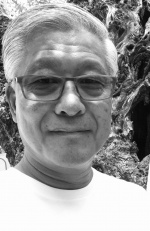
Chen Lyusheng, graduated from Nanjing Art College in 1985 with a master's degree. He has served as Director of the Classical Art Editing Department of the People's Fine Arts Publishing House, Director of the Research Department of the Academy of Chinese Painting, Director of the Academic Department I of the National Art Museum of China, and Deputy Director of the National Museum of China (2011-2016). The 7th and 8th directors of the Chinese Artists Association, the 5th and 6th Vice-Chairmen of the Beijing Artists Association, and the 1st Vice-Chairman of the Beijing Literature and Art Critics Association.
He is currently the president of the Chinese Institute of Han Dynasty’s Art, the director of the New China Fine Arts Department of Xi'an Academy of Fine Arts, the director of the Academic Committee of Qi Baishi Art International Research Center, the deputy director of the Fine Arts Theory Committee of the Chinese Artists Association, and the third executive director of the Chinese People's Association for Peace and Disarmament. He is also a visiting professor at Nanjing Art College, Shanghai Academy of Fine Arts, Guangzhou Academy of Fine Arts, Jilin Academy of Art, Hubei University, Macau City University, and Taiwan Normal University. He owned “Chen Lyusheng Art Museum” (Changzhou) and “Oil Lamp Museum” (Yangzhong, Changzhou).
Recommended activities
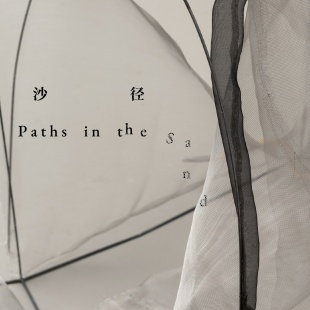
Hu Xiaoyuan: Paths in the Sand
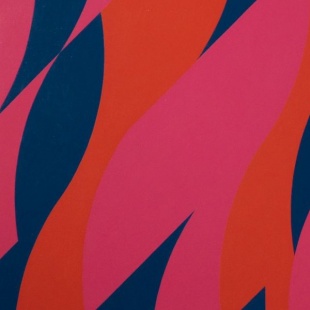
Women in Abstraction
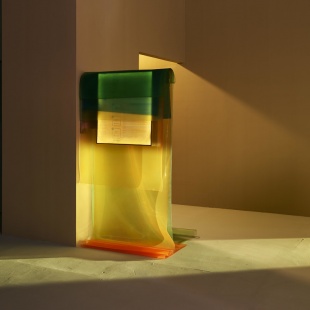
Chen We: Make me illusory
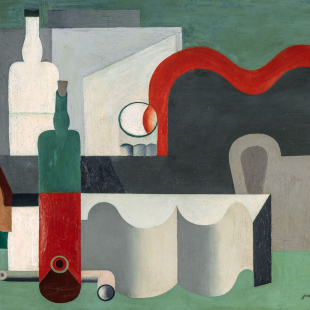
The Voice of Things-Highlights of the Centre Pompidou Collection vol.II
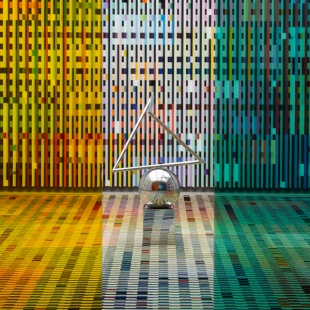
Living Images
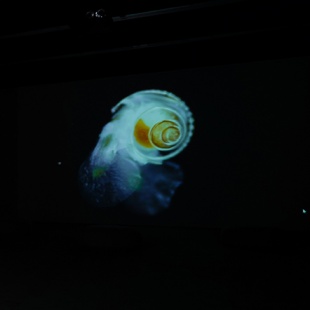
Laurent Grasso
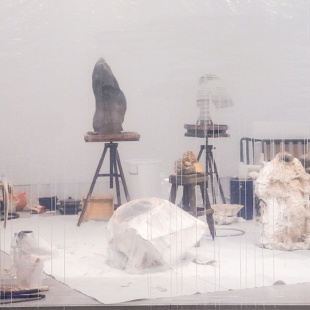
Yu Ji Spontaneous Decisions II
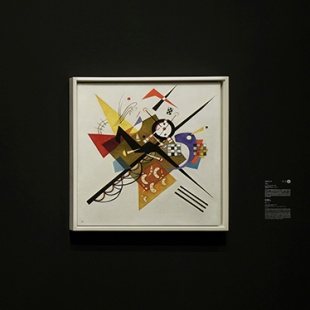
Kandinsky The Pioneer of Abstract Art
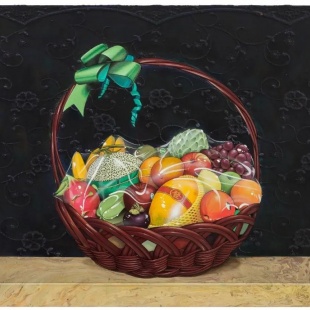
Chen Fei: Morning Market
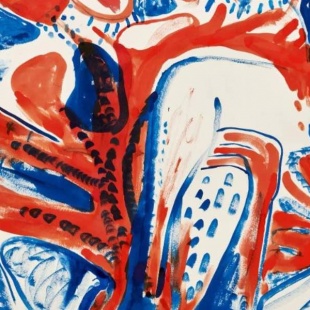
Works on Paper
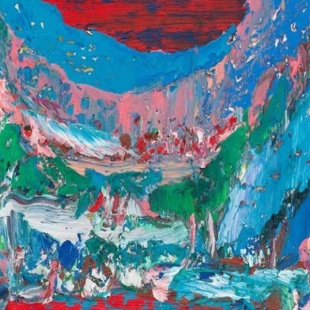
Yin Zhaoyang: A Vast History
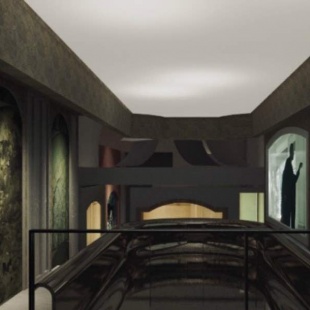
Sheng Zhang-Solo Exhibition of Chen Yujun




